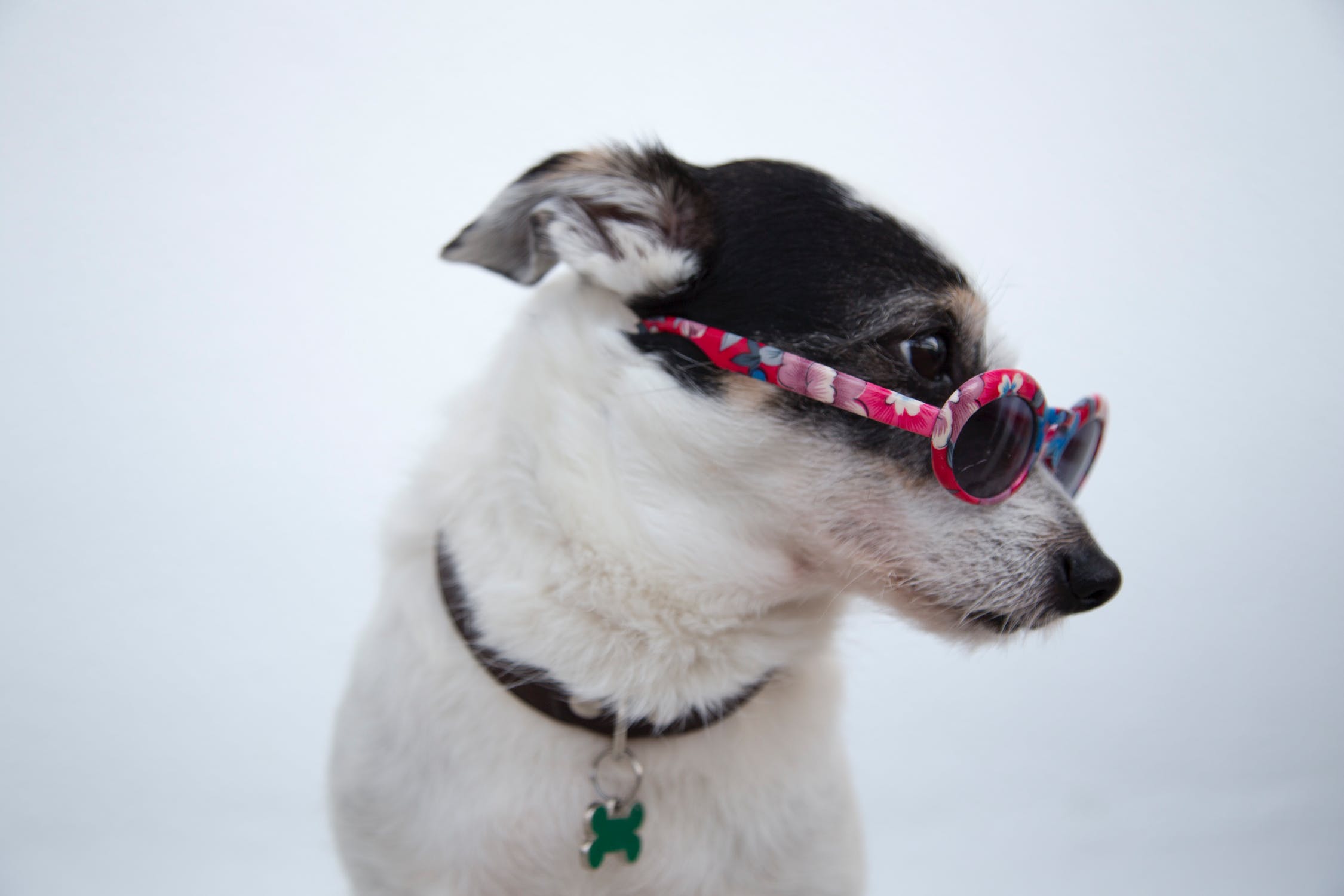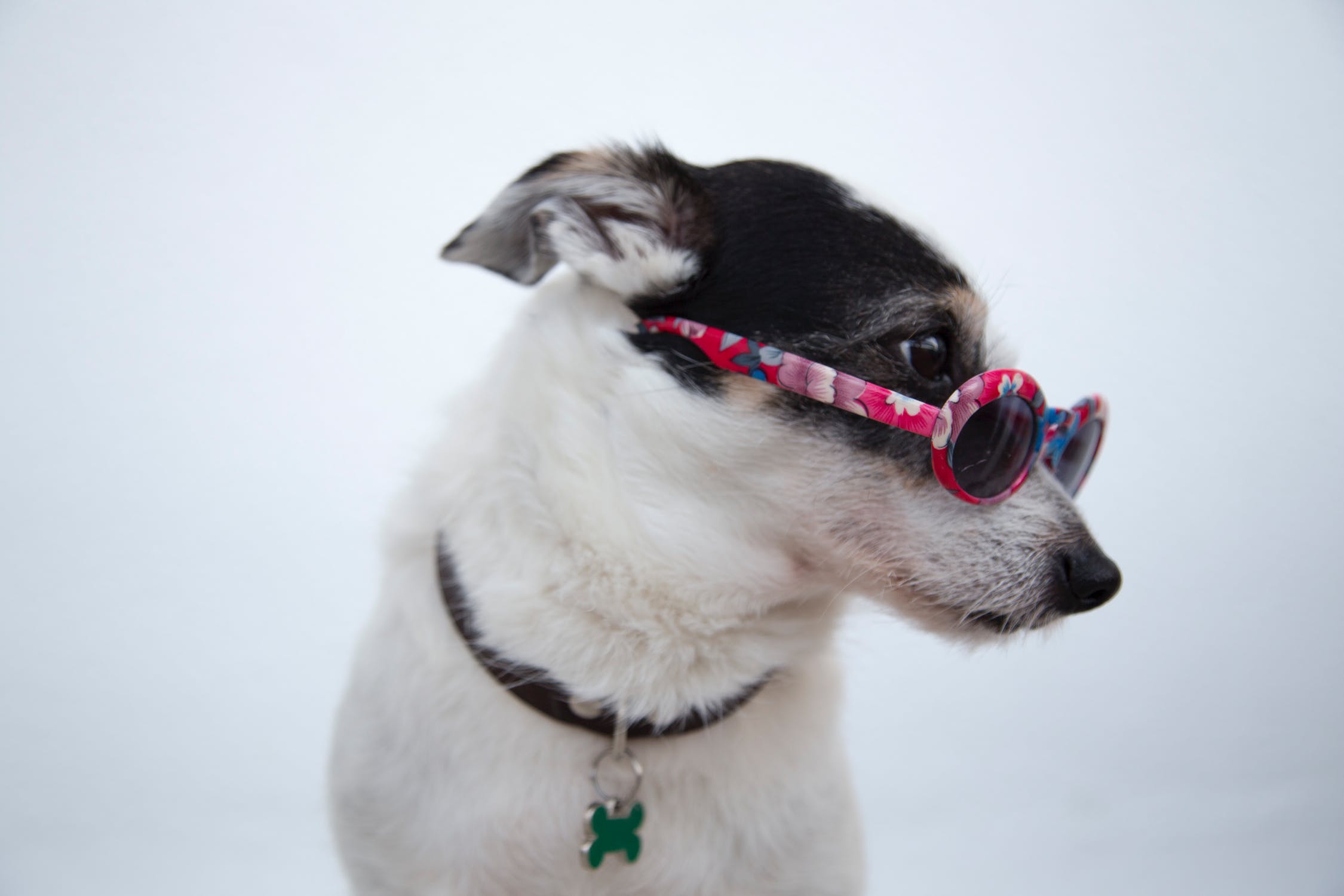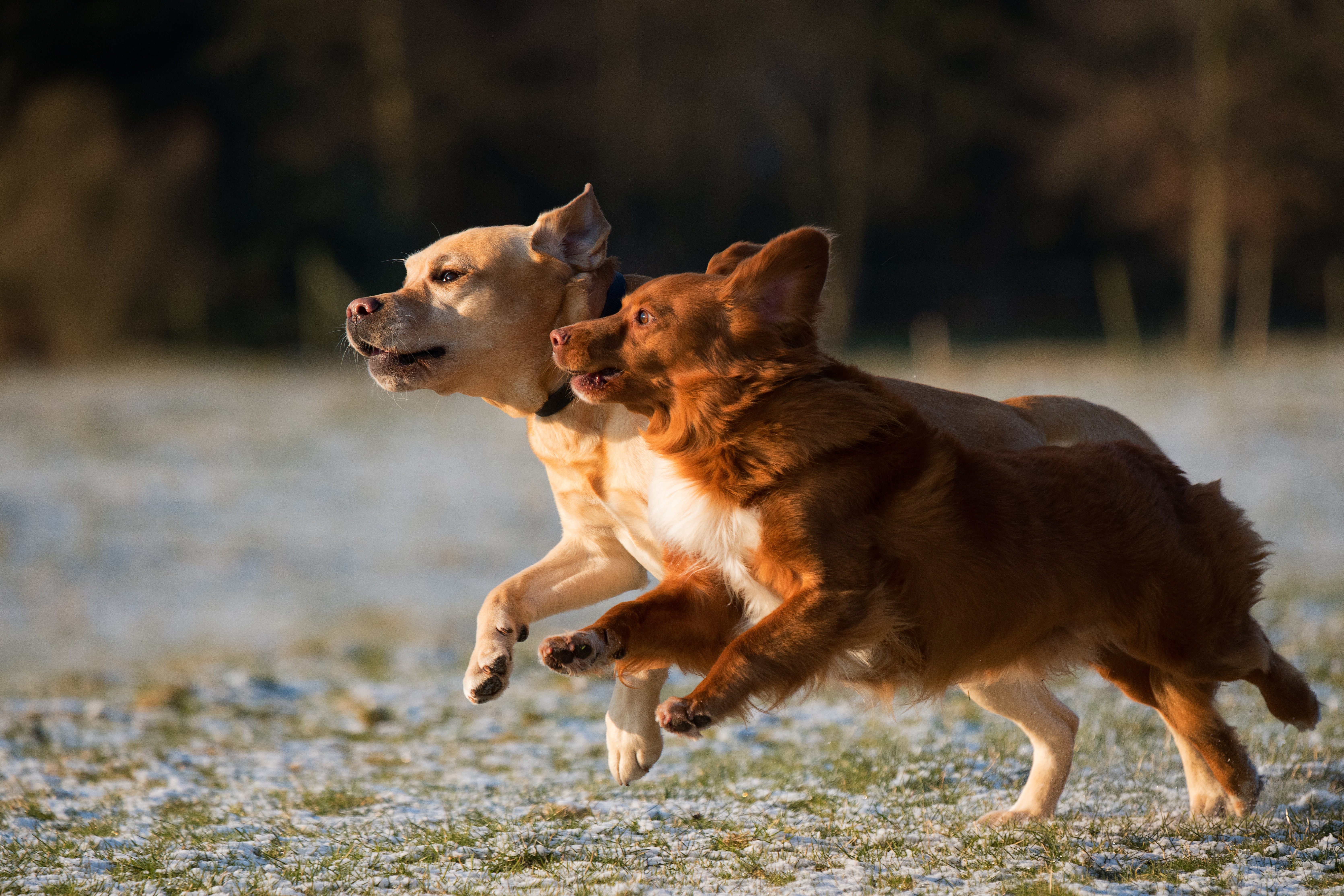

Be Cool for Summer

What comes to mind when you think of an Australian Summer? Days at the beach or barbeques with friends? The long, hot and often dry days?The messages surrounding the risks of spending too long in the heat and sun are always prevalent. However, do you stop and think about how these things can affect your pets?
Dogs and cats are also susceptible to the potentially harmful effects of the oftenharsh Australian Summer. In the heat of summer, conditions such as heat stroke can be very serious in dogs in cats, and if not caught early can even lead to death. However, there are things we can do to help reduce the risk of these occurring while still enjoying the warm sunny days with our furry companions.
Sunburn
Just because dogs and cats have fur, it doesn’t mean they are protected from sunburn. As with fair skinned and light-haired people, pets with little or light-coloured fur may be more susceptible to sunburn. This includes breeds such as Dalmatians, Greyhounds, Chinese crested dogs and white cats. The areas which may be at most risk include the nose, ear tips, belly and tip of the tail. Paws will also be at risk of burns if dogs are walked on hot pavement or asphalt. Keeping your pet in the shade during the hottest parts of the day is the best way to avoid the effects of sunburns. Alternatively, there are commercially available pet safe sunscreens which you can apply to the susceptible areas of your pet.
Signs of sunburn:
- Red, tender skin
- Skin infections
- Dry, cracked ear edges
- Skin ulcers
- Irregular growths on the skin
If you think your pet may be suffering from the effects of sunburn, it is important to see your veterinarian as soon as possible.
Heat Stroke
Risk Factors
Some pets are more at risk of the dangerous effects of heat than others. Risk factors include:
- High environmental temperatures and humidity
- Confinement with little ventilation, such as in a car
- Obesity
- Cardiovascular Disease
- Respiratory disease
- Strenuous exercise
Brachycephalic Breeds
Some breeds of pets are also more at risk of heat stroke; especially the breeds that are known as ‘brachycephalic breeds’. This term is used to refer to dog and cat breeds with shortened or flattened noses. Some common examples of brachycephalic dog breeds include bulldogs (Australian, English, American, French), Pugs, Boxers, Bull Mastiffs and Boston Terriers. Some cats are also at risk, such as Persian/Himalayan and Exotic Shorthair breeds. The shape of their noses means they have a significantly higher risk of breathing complications, and difficulties can be intensified in warmer conditions.
Signs of Heat Stroke or Exhaustion
The early signs of heat stroke or exhaustion may be very subtle and are can be easy to miss. Therefore, it is important to try and avoid or minimise the potential exposure to risk factors in hot weather. Early signs may include:
- Excessive rapid panting
- Thick stringy saliva
- Vomiting and/or diarrhoea
- Bright red gums
- Uncoordinated movement
If these signs go unnoticed, it may lead to more severe signs collapse, seizures, coma and death.
Treatment
If you suspect your pet is experiencing heat stroke, it is best to get to your veterinarian immediately. If your pet is conscious and not vomiting, try to offer cool water for them to drink as this can help reduce their body temperature.On the way to the vet you can place towels soaked in cool water on your pet and have the air conditioner on in the car or ensure good ventilation. The aim is to gradually bring your pet’s body temperature down in a safe manner, so avoid the use of ice packs or dunking your pet into a bath of icy water as this may actually be more detrimental.It is important to note though that whilethese methods may help improve further damage from heat, your pet may need treatment from the vet to help support your pet’s body systems and prevent further damage to them as a result of the heat stroke.
Prognosis
The Prognosis for heatstroke will depend on multiple factors including the health status of your pet, how serious the initial signs are and how your pet responds to therapy.
Keeping Cool
Prevention is best, therefore it is important to consider where your pet will be and what they will be doing on hot days, as you would for yourself and human family.
1. Avoid exercising in the hottest part of the day.
It is best to go for a walk in the early morning or late evening to avoid the heat of the day. This will help minimise the risk of exhaustion and heat stroke.
Have you ever walked on the pavement or road on a hot day? It isn’t a pleasant feeling. This is another important consideration in hot weather for dogs. Dogs don’t wear shoes like we do. A simple way to tell whether or not the pavement is too hot for your dog to walk on is to put your bare hand on it and try to hold it there for 10 seconds. If it is too hot for you to keep your hand on it then it’s too hot for your pooch.
2. Never leave your dog or cat in the car or other confined spaces.
Even leaving the window down is often not enough, with the temperature inside the car often reaching up to twice as hot as outside. If you see a dog or cat in a hot car without the driver nearby, call emergency services ASAP.
3. Ensure they always have access to shade and fresh water.
If your pet is not able to be inside or in an air-conditioned area, ensure they have a space outside which provides respite from the heat on hot days. It is a good idea to increase the number of water bowls available too, in case any are knocked over or they want to drink more than normal.
4. Keep your pets indoors where possible
If you have air conditioning, fans your pets will be thankful. Keeping pets inside and cool in the hot weather is a great idea where possible to avoid the risks of heat exhaustion.
5. Provide shelter
If you are out and about with your pet, a temporary shade structure may provide both you and them reprieve from the sun’s harsh rays and their subsequent damage. Consider popping up a beach umbrella, tent or other form of shade. Pet sunscreen is a great way to protect your pet. While sunscreen for humans is not appropriate for dogs and cats, your vet may be able to recommend a suitable ‘pet friendly’ alternative.
6. Ice, ice, baby!
Freezing water in vessels like ice cream containers is a fun way to make big ice blocks for your dog to play with and chew with. You can also put ice cubes in their water bowl to keep it cool, even inside this may be helpful on very hot days.
Rabbits, Guinea Pigs and Birds
Smaller pets such as rabbits, guinea pigs, ferrets and birds are often even more susceptible to drastic changes in temperature. Because they are largely keptin cages or hutches,unfortunately this means these pets won’t be able to find cooler places themselves sometimes on hot days. If you can, bring them inside into a cool room or otherwise, a shady and well-ventilated area.
Conclusion
While it is important to note that this is by no means an exhaustive list, please always remember to consider the effects of the heat on your pets as well as yourselves. Many heat related illnesses are avoidable, so it important to plan ahead when the temperatures soar.


